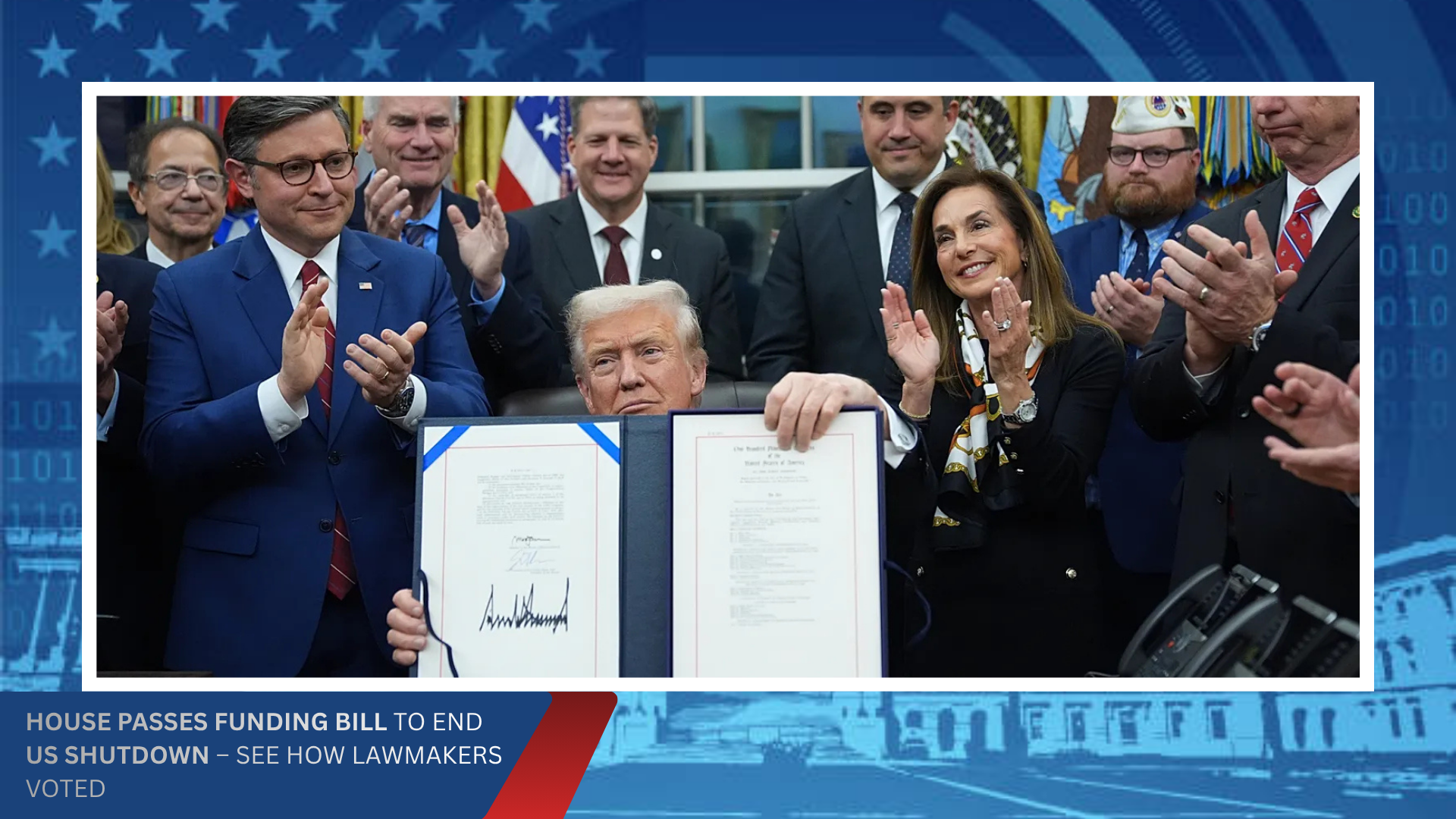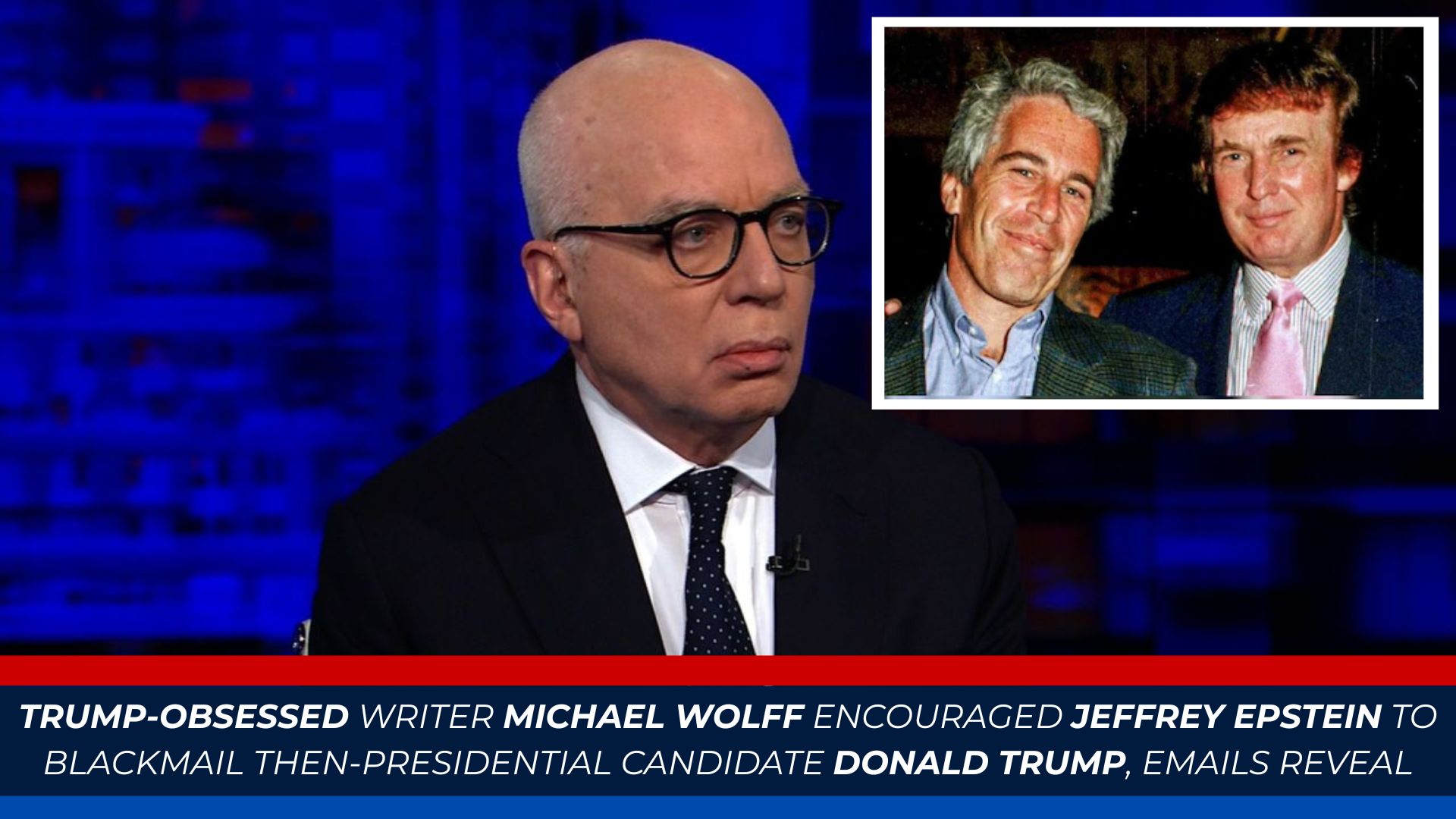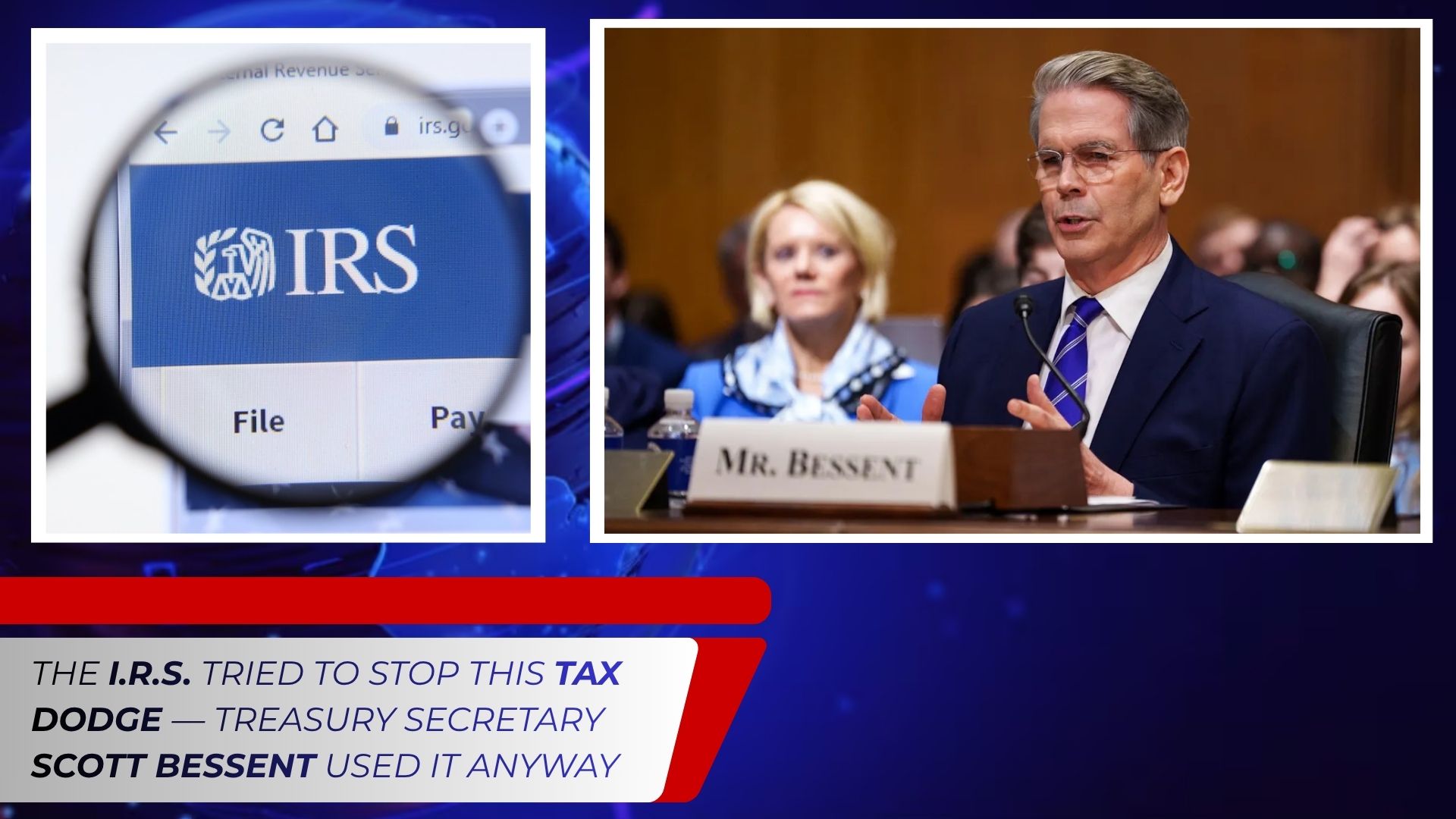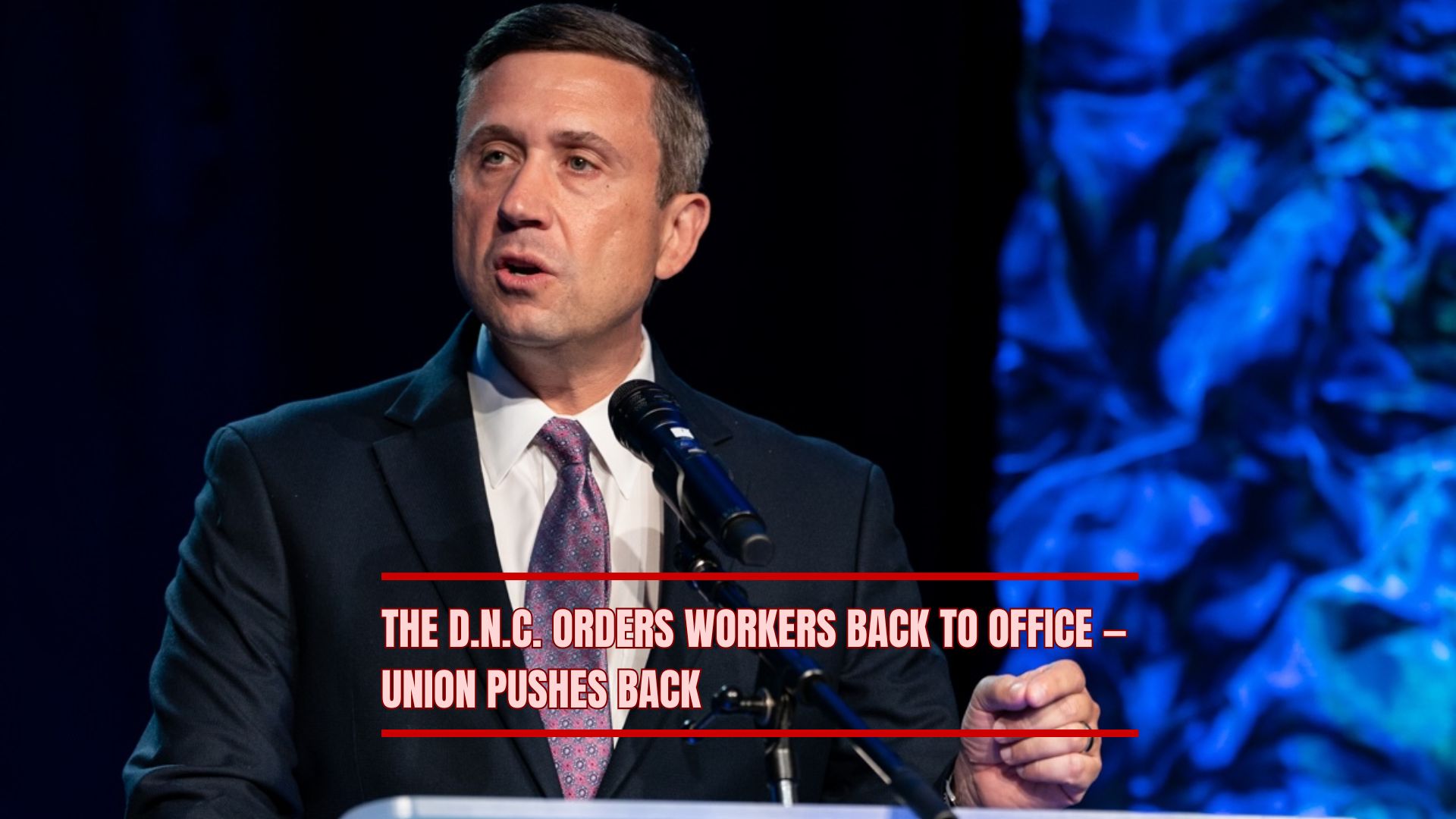The world is not sleepwalking into chaos.
It’s racing toward it — deliberate, eyes wide open, and just miles from the southern border.
We’ve watched conflict consume Gaza, stalemate drag across Ukraine, and tensions tighten in the Taiwan Strait. But another threat is growing. It’s quieter. Closer. And arguably more combustible than all of them.
Mexico.
To most Americans, Mexico is either a sun-drenched vacation destination or a political talking point. But in 2025, it has become something else entirely:
A silent frontline in a shadow war.
Organized criminal groups, long referred to as “cartels,” have evolved far beyond drug trafficking. They are now paramilitary regimes, political influencers, and multi-billion-dollar enterprises with global tentacles. Their operations extend from smuggling corridors to congressional bribes. They’ve effectively replaced the rule of law in entire municipalities.
In these regions, they aren’t feared as much as they are obeyed. They own police departments. They buy elections. They provide jobs.
And they kill with impunity.
One woman—an exiled former Mexican national who fled the country after her sister’s entire family was murdered—spoke to us under the condition of anonymity.
Her voice shook but didn’t waver.
“Only Trump can save Mexico. The cartels are afraid of Donald Trump,” she said.
“They don’t fear politicians. They don’t fear soldiers. They fear someone who’s not predictable. Someone who would really retaliate.”
She now lives under asylum in the United States, her location undisclosed.
But her words echo across this story.
Earlier this year, the U.S. officially designated six major Mexican cartels as foreign terrorist organizations. It was a seismic shift in policy — one that opened the door for sanctions, special operations, surveillance programs, and even targeted military strikes.
It wasn’t just symbolic.
It was the beginning of something that could change the balance of power in the entire hemisphere.
A Dangerous Redefinition
Supporters of the designation argue it was long overdue. Cartels deploy military-grade weapons, terrorize civilians, and destabilize democratic institutions. They act more like ISIS than they do traditional organized crime.
But experts warn that this move could backfire.
Cartels, unlike isolated terror cells, are deeply woven into the fabric of the communities they control. They provide food, medicine, and protection in places where government presence is thin or nonexistent. In many areas, they are both the threat and the provider.
If the U.S. begins deploying strikes or covert raids in these zones, it risks being perceived not as liberators — but as invaders. That perception could drive local support toward the very forces we’re trying to dismantle.
And yet, doing nothing may be worse.
The Cartel-State Nexus
In recent years, cartels have moved far beyond drug trafficking. They now control human smuggling operations, gold mining networks, weapons shipments, and digital money laundering hubs. They are more agile than most states. More ruthless than any army. More resilient than any one faction.
Some Mexican politicians quietly cooperate with them. Others are bought outright. Still others are simply killed.
The nation’s institutions — police, judiciary, local mayors, and even federal forces — are under siege. And in many cases, already penetrated.
This is no longer crime. It’s insurgency.
Trump’s Unpredictable Deterrent
Donald Trump’s return to the center of this narrative isn’t ideological. It’s strategic.
During his first presidency, Trump used the threat of force to deter aggression — from North Korea, Iran, even Russia. His critics accused him of saber-rattling. His supporters called it deterrence through dominance.
But one thing was true: under Trump, cartel expansion slowed. Intelligence reports suggest they were unsure what he might do — and that uncertainty worked.
Trump’s new push is even more aggressive.
He has proposed designating cartels as terrorist groups, authorizing military force if necessary, and leveraging international pressure to sever cartel financing at the source.
While this proposal is controversial, it resonates in both the borderlands and the barrios. In places where entire families have been killed, people aren’t asking for politics. They’re asking for action.
And in that space, Trump’s unpredictability is seen by some not as a flaw — but as an asset.
Mexico’s Leadership Balances on a Knife’s Edge
Mexico’s current president, Claudia Sheinbaum, has responded cautiously. She’s condemned any suggestion of U.S. military intervention on sovereign soil, but she’s also extradited several high-level cartel leaders, expanded bilateral intelligence cooperation, and authorized limited joint operations under the radar.
Sheinbaum walks a tightrope. Appearing too compliant risks political backlash at home. Resisting too loudly might provoke the very aggression she fears.
Meanwhile, Mexico’s ruling party is fragmenting. Some favor diplomacy. Others believe it’s time to confront the cartels head-on — even if it means U.S. involvement.
The country is divided — not just politically, but existentially.
What If the Powder Keg Explodes?
Let’s imagine a scenario:
- A U.S. drone strike kills a cartel leader.
- A local town is caught in the crossfire.
- Cartels retaliate with attacks on U.S. businesses, consulates, or tourists.
- Nationalist factions in Mexico mobilize against the “imperialists.”
- Russia or China sees an opportunity — and fills the vacuum with influence, deals, or arms.
It doesn’t take much for a local operation to become an international standoff.
And that is precisely the danger.
A Proxy War in the Western Hemisphere
Mexico is not just a border issue. It’s a strategic front. Cartels are transnational. Their revenues rival small nations. Their influence extends into Colombia, Guatemala, Venezuela — and increasingly into American cities.
China has invested heavily in infrastructure, surveillance systems, and trade across Latin America. Russia continues to fuel division through cyber campaigns and media influence.
Both nations see instability in Mexico as an opportunity.
As the U.S. focuses eastward on Ukraine and the Pacific, the back door is wide open.
The cartels don’t need ideology. They just need room to operate. And adversaries of the United States are happy to give it to them — in exchange for access, chaos, or leverage.
The Cost of Indecision
Many policy experts argue that tackling cartel violence requires long-term strategies:
- Economic investment.
- Judicial reform.
- Community-led policing.
- Education.
- Foreign aid.
- Strategic intelligence work.
And they’re right.
But these solutions take years — even decades — to take root.
Meanwhile, people are dying now.
And for families fleeing bloodshed, like the woman who gave us her statement, time is a luxury.
“I don’t believe in politics anymore,” she said.
“But I believe in fear. The cartels feared Trump. That’s why I believe in him.”
The Real Danger
The next global war won’t begin with tanks.
It will begin with misinformation. With smuggling routes. With retaliatory kidnappings. With power vacuums.
It won’t come with declarations. It will come through corruption. Through gray networks. Through shadows.
It will begin before we realize it started.
And it might begin in Mexico.
Final Thought
This isn’t a campaign ad. It’s a reality check.
The cartels are not simply criminal actors anymore. They are sovereign challengers. They thrive on our hesitation. They feed on broken systems. They flourish when fear replaces law.
Mexico isn’t collapsing — but it’s fracturing. And each fracture pulls us closer.
Whether Trump is the answer or the spark, one thing is clear: Mexico is not just in crisis.
It is in motion.
And if we ignore that motion, we may find ourselves at war — long before anyone calls it one.




.png)




